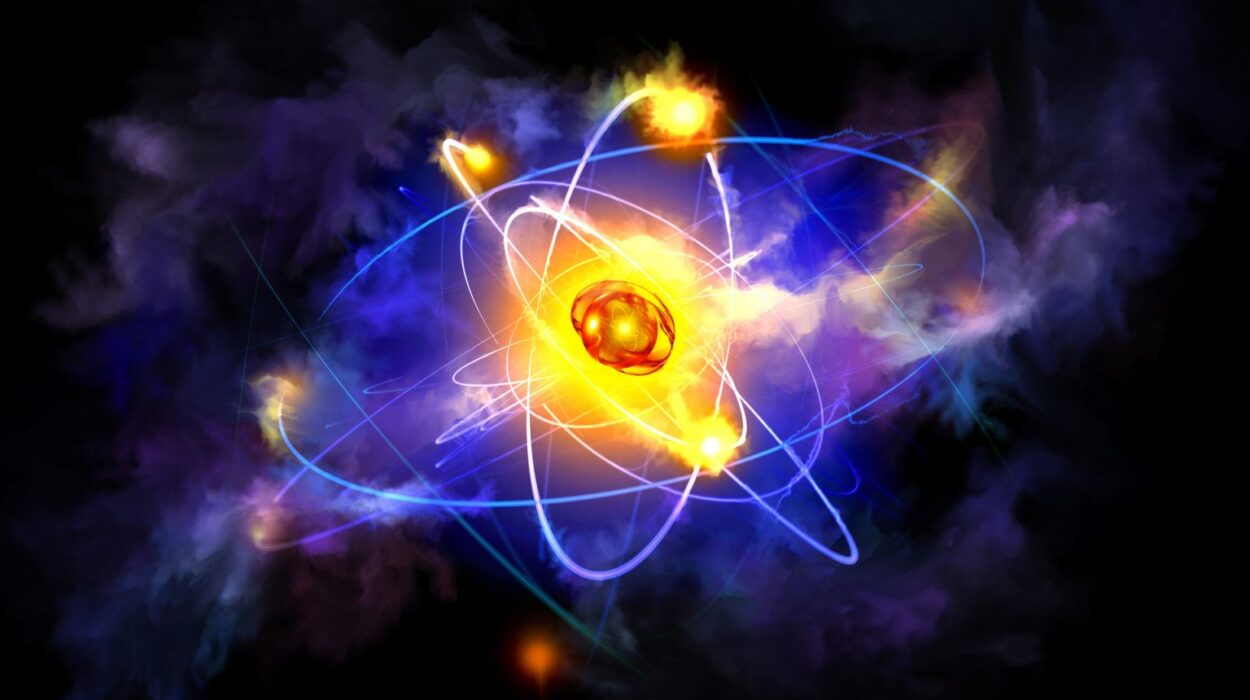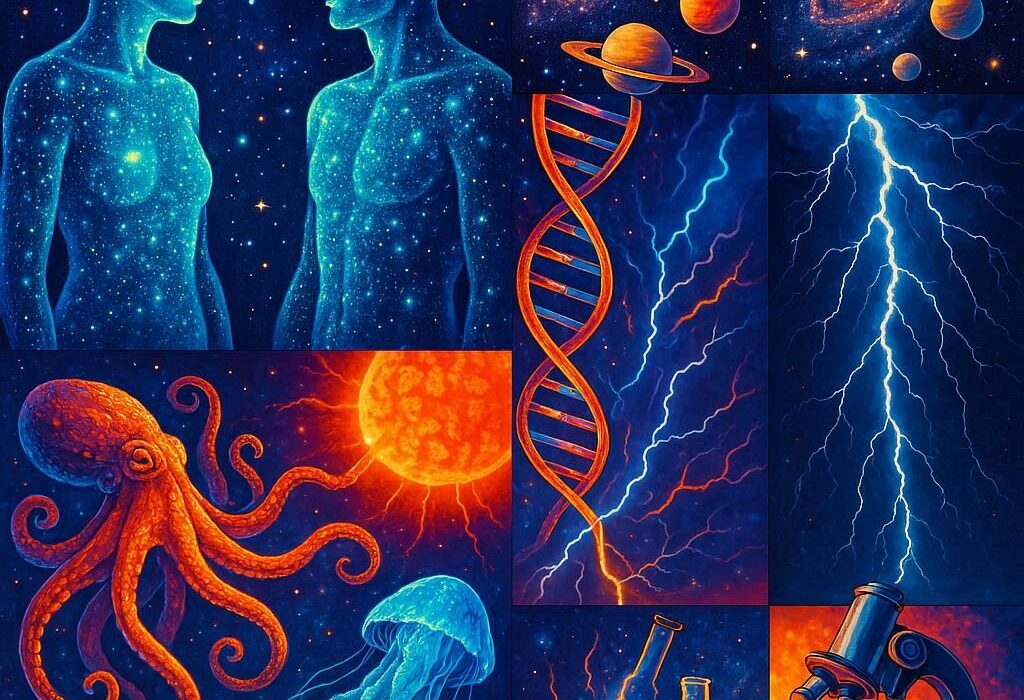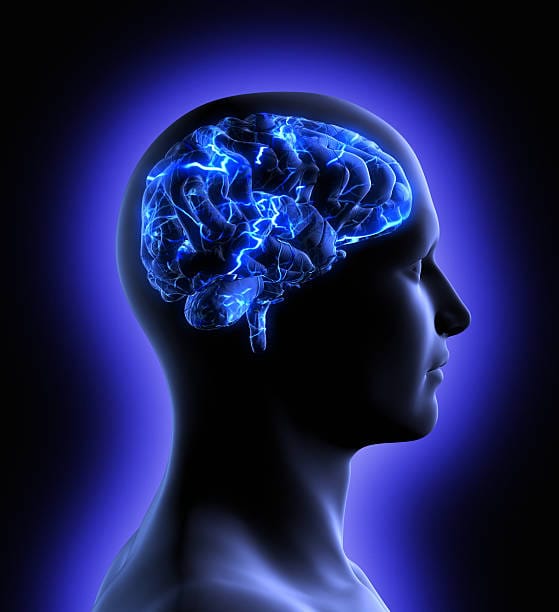The story of medicine is the story of humanity’s battle against disease, suffering, and death. For most of human history, people lived in fear of illnesses they could not explain, let alone cure. Plagues swept through cities, infections from minor wounds became fatal, and childbirth was fraught with danger. Life expectancy was short, and medical knowledge was often clouded by superstition.
Yet, over centuries, through perseverance, curiosity, and brilliance, scientists and physicians uncovered secrets that transformed the course of history. Some discoveries came from careful observation, others from bold experiments, and some even by accident. But together, they changed the fate of humanity—prolonging lives, eradicating diseases, and reshaping our relationship with health.
Here are ten of the most important medical discoveries that changed history, told not just as scientific milestones, but as turning points in the human story.
1. The Discovery of Vaccination
Few breakthroughs have saved as many lives as vaccination. In the 18th century, smallpox was one of the deadliest diseases on Earth, killing millions and leaving survivors disfigured. The disease struck kings and peasants alike, sparing no one.
In 1796, an English physician named Edward Jenner observed that milkmaids who had contracted cowpox, a mild disease, seemed immune to smallpox. With remarkable courage, Jenner tested his hypothesis by inoculating a young boy with material from a cowpox sore and later exposing him to smallpox. The boy did not get sick.
This experiment laid the foundation for vaccination (from vacca, the Latin word for cow). Though controversial at the time, Jenner’s discovery became one of the most powerful tools in medicine. Today, vaccines protect billions from deadly diseases such as polio, measles, hepatitis, and influenza. In 1980, the World Health Organization declared smallpox eradicated—a triumph of science and humanity.
Vaccination not only transformed public health but also altered how societies function. It gave humanity the power not just to treat, but to prevent disease.
2. The Germ Theory of Disease
For much of history, people believed illness was caused by “bad air” or imbalances in bodily fluids. Doctors treated patients with bloodletting and herbal remedies, often with little success. But in the 19th century, a revolutionary idea emerged: microorganisms cause disease.
This idea, known as the germ theory of disease, was championed by scientists such as Louis Pasteur and Robert Koch. Pasteur demonstrated that microorganisms could spoil food and wine, and he extended this principle to human health. Koch identified the specific bacteria responsible for anthrax, tuberculosis, and cholera, proving that germs were not just coincidental but causative agents of disease.
The germ theory transformed medicine from guesswork into science. It inspired practices like sterilization, pasteurization, and antiseptics, drastically reducing infections. Suddenly, diseases that once seemed mysterious had tangible, identifiable causes—and with causes came cures and preventions.
This discovery marked the birth of modern microbiology and remains the foundation of infectious disease research today.
3. The Discovery of Antibiotics
Even with germ theory understood, infections remained deadly well into the 20th century. A simple cut or pneumonia could kill. Everything changed in 1928, when Alexander Fleming made a serendipitous discovery in his laboratory.
Fleming noticed that a mold, later identified as Penicillium notatum, killed the bacteria growing around it. This substance, which he named penicillin, became the world’s first true antibiotic. It wasn’t until the 1940s, during World War II, that penicillin was mass-produced and widely used, saving countless soldiers’ lives from infected wounds.
Penicillin’s discovery launched the antibiotic revolution. Diseases like syphilis, tuberculosis, and strep throat, once feared as untreatable, suddenly became curable. Entire generations were spared the deaths their ancestors could not escape.
Of course, antibiotics also introduced new challenges, such as the rise of antibiotic resistance. But their discovery remains one of the most transformative moments in medical history, redefining what it meant to be “treatable.”
4. The Development of Anesthesia
Imagine undergoing surgery without anesthesia. Before the mid-19th century, operations were performed with the patient fully conscious. The agony was unimaginable, and surgeries had to be completed as quickly as possible, often with disastrous outcomes.
That changed in 1846, when William T.G. Morton, a dentist, publicly demonstrated the use of ether anesthesia during surgery in Boston. The patient felt no pain. The medical world was astonished. Soon, chloroform, nitrous oxide, and other anesthetics followed, making painless surgery possible.
Anesthesia revolutionized medicine by allowing surgeons to perform longer, more complex, and more precise operations. It also gave patients relief from the terror of pain. Today, anesthesia is a highly specialized science, with tailored drugs and techniques that ensure safety and comfort.
Without anesthesia, modern surgery—and indeed much of modern medicine—would not be possible.
5. The Discovery of X-Rays
In 1895, German physicist Wilhelm Conrad Röntgen was experimenting with cathode rays when he stumbled upon something extraordinary: invisible rays that could pass through solid objects and reveal hidden structures. When he placed his wife’s hand in front of the rays, her bones appeared clearly on a photographic plate.
Röntgen had discovered X-rays, a breakthrough that earned him the first Nobel Prize in Physics. Within months, X-rays were being used in hospitals to diagnose fractures, locate bullets, and examine internal organs.
For the first time in history, doctors could see inside the human body without surgery. X-rays opened the door to medical imaging, which would later expand to include CT scans, MRI, and ultrasound. These technologies transformed diagnosis, allowing doctors to detect diseases earlier and treat them more effectively.
The discovery of X-rays made the invisible visible, forever changing the practice of medicine.
6. The Structure of DNA
At the heart of every living organism lies the blueprint of life: DNA. For centuries, scientists wondered how traits were passed from one generation to the next. The answer came in 1953, when James Watson and Francis Crick, building on the crucial X-ray crystallography work of Rosalind Franklin, revealed the double-helix structure of DNA.
This discovery was monumental. It explained how genetic information is stored, copied, and transmitted. It also opened the door to molecular biology, genetics, and biotechnology. Suddenly, diseases could be traced to mutations in DNA, and treatments could be developed at the genetic level.
The discovery of DNA’s structure eventually led to the Human Genome Project, completed in 2003, which mapped the entire human genetic code. Today, gene editing technologies like CRISPR offer the potential to correct genetic disorders at their root.
DNA’s discovery not only solved a scientific mystery but also launched a new era of personalized medicine.
7. The Discovery of Insulin
Before the 1920s, a diagnosis of diabetes was essentially a death sentence. Patients wasted away, unable to regulate blood sugar, and no treatment could save them. That changed in 1921, when Canadian researchers Frederick Banting and Charles Best discovered insulin, a hormone produced by the pancreas.
By extracting insulin from animal pancreases, they were able to control blood sugar in diabetic patients for the first time. In 1922, a 14-year-old boy named Leonard Thompson became the first human to receive insulin injections. He was near death, but the treatment saved his life.
Insulin transformed diabetes from a fatal disease into a manageable condition. Millions of lives have since been prolonged and improved thanks to this discovery. It remains one of the greatest triumphs of medical science, born of determination and compassion.
8. The Concept of Blood Circulation
For much of history, physicians believed blood simply pooled in the body and was consumed by tissues. This belief guided treatments like bloodletting, which often did more harm than good.
In 1628, English physician William Harvey revolutionized medicine by publishing his discovery that blood circulates continuously through the body, pumped by the heart. His meticulous experiments and observations overturned centuries of misunderstanding.
The concept of blood circulation was a turning point, laying the foundation for cardiovascular medicine, surgery, and transfusion. It gave doctors a clear understanding of how the body’s most vital system functioned, transforming medical practice.
Today, Harvey’s discovery is so fundamental that it seems obvious, but at the time, it was nothing short of revolutionary.
9. The Development of Medical Imaging Beyond X-Rays
While X-rays opened the door to medical imaging, the 20th century saw remarkable advancements that took the concept further. MRI (Magnetic Resonance Imaging) and CT (Computed Tomography) scans allowed doctors to see soft tissues, organs, and even the brain with extraordinary clarity.
MRI, first developed in the 1970s, uses magnetic fields and radio waves to produce detailed images of the body, particularly useful for diagnosing neurological and musculoskeletal conditions. CT scans, developed slightly earlier, combine X-rays with computer processing to create cross-sectional images, revolutionizing emergency medicine and cancer detection.
These technologies gave doctors unparalleled insight into the human body without invasive surgery. They have saved countless lives by enabling earlier detection of disease and guiding precise treatment.
Medical imaging continues to evolve, with PET scans and ultrasound adding even more powerful tools to the arsenal. Together, these discoveries transformed diagnosis and reshaped modern medicine.
10. Organ Transplantation
The idea of replacing a failing organ with a healthy one once seemed impossible. Yet today, organ transplantation is a routine, life-saving procedure.
The first successful kidney transplant was performed in 1954 by Dr. Joseph Murray, who transplanted a kidney between identical twins. This groundbreaking surgery proved that organs could be transplanted without rejection, under certain conditions. Advances in immunology and the development of anti-rejection drugs soon made transplants from unrelated donors possible.
Since then, heart, liver, lung, pancreas, and even face transplants have been successfully performed. Organ transplantation has given hope to patients with conditions once considered terminal.
While challenges such as organ shortages and ethical dilemmas remain, transplantation represents one of the most profound achievements of modern medicine—the ability to replace life’s failing parts and offer a second chance.
Conclusion
The history of medicine is a story of resilience, ingenuity, and relentless pursuit of knowledge. Each of these discoveries—vaccination, germ theory, antibiotics, anesthesia, X-rays, DNA, insulin, blood circulation, advanced imaging, and organ transplantation—represents a moment when humanity triumphed over ignorance and suffering.
Together, they transformed medicine from a world of guesswork and superstition into a science capable of saving millions. They remind us that discovery is never the end but the beginning—each breakthrough opens new questions, new possibilities, and new frontiers.
Medicine continues to evolve, with innovations like gene therapy, artificial intelligence, and regenerative medicine on the horizon. But the legacy of these ten discoveries endures, shaping our lives every day and reminding us of the power of human curiosity and compassion.






